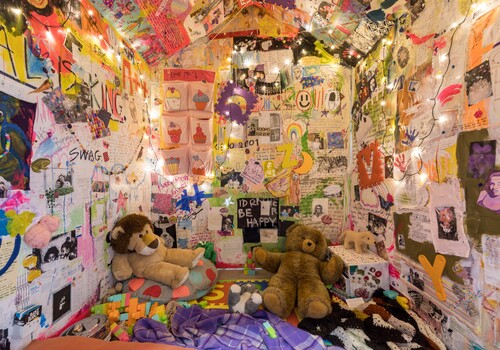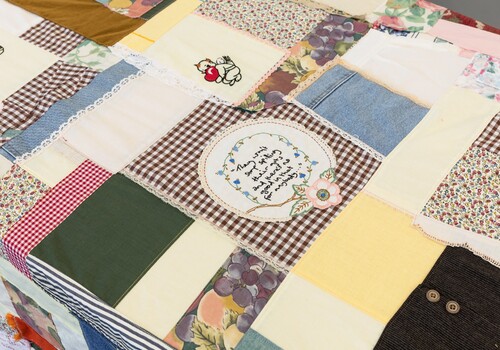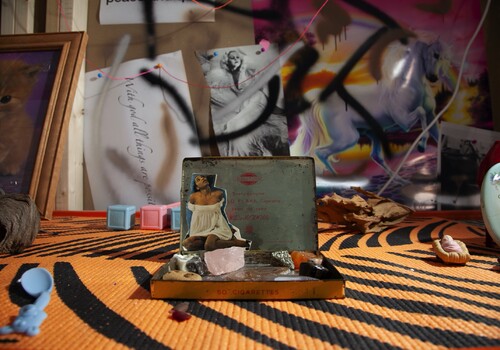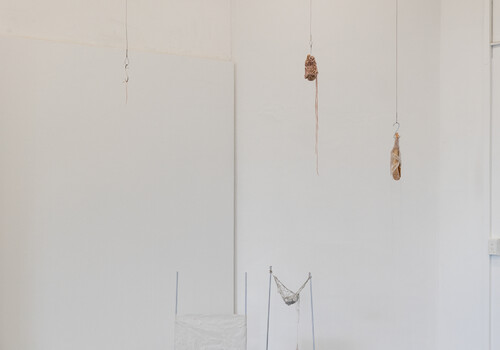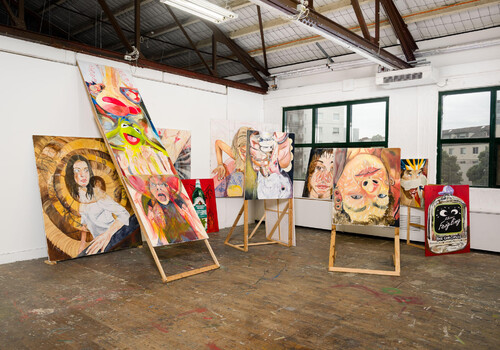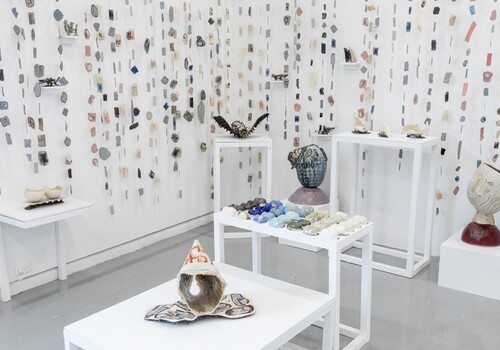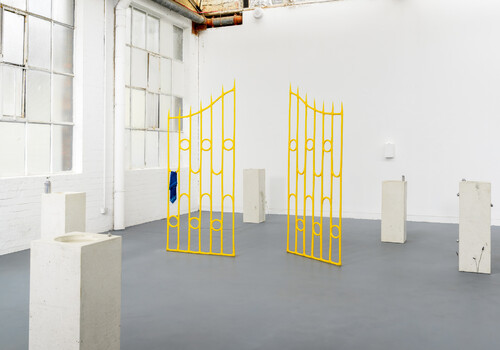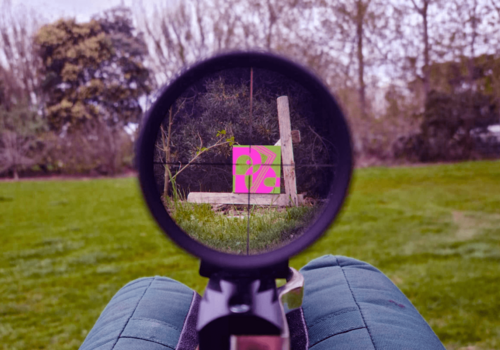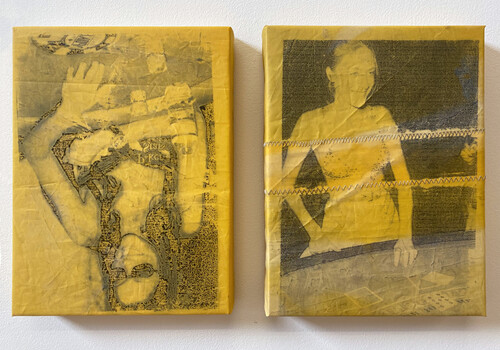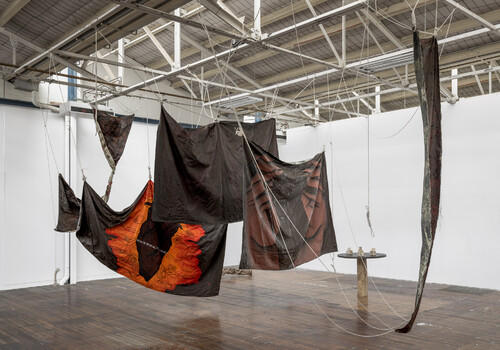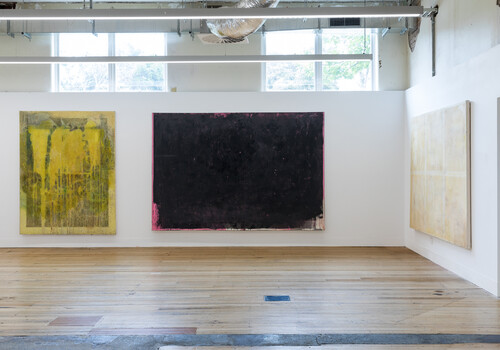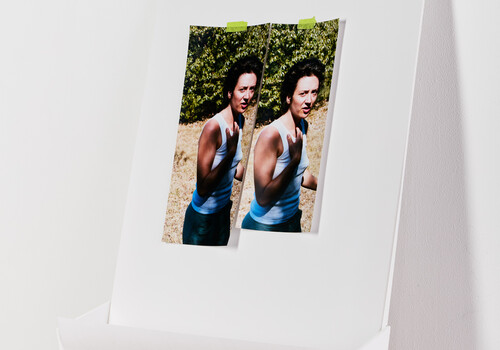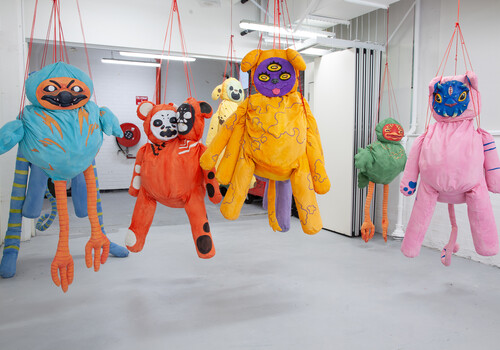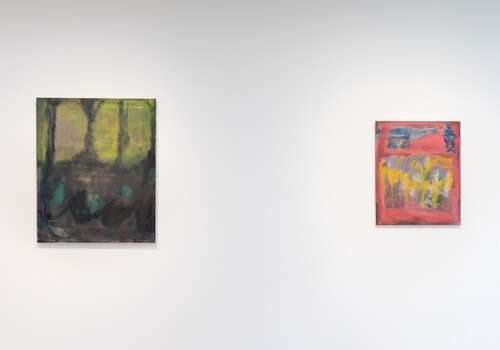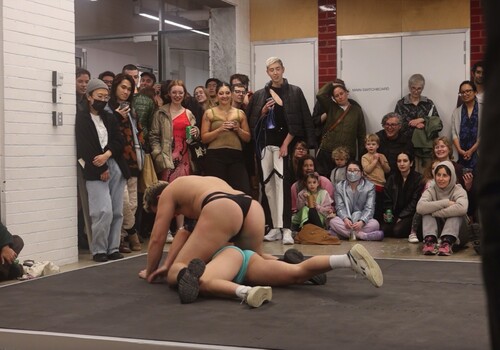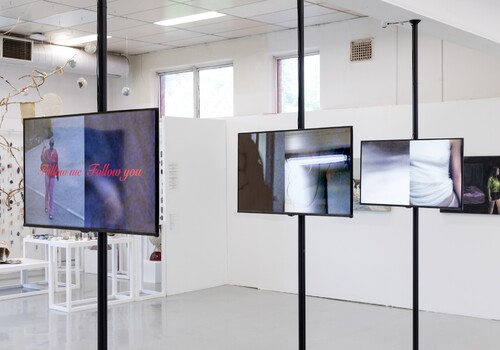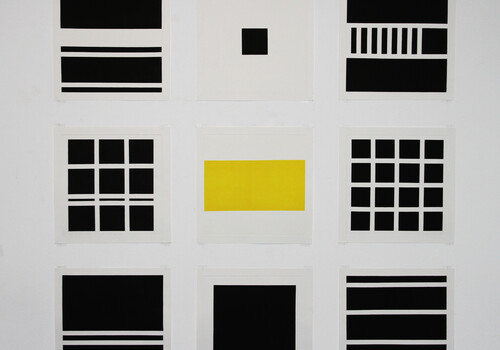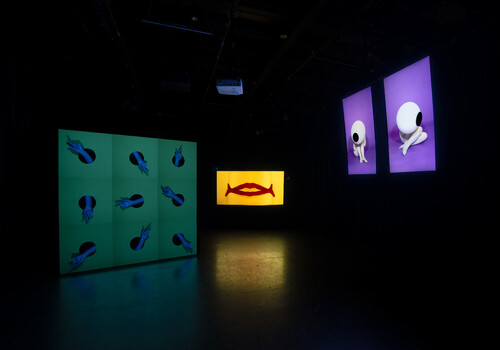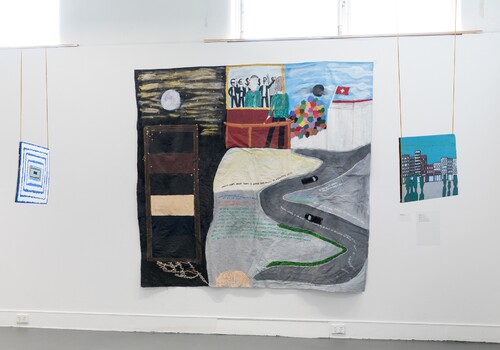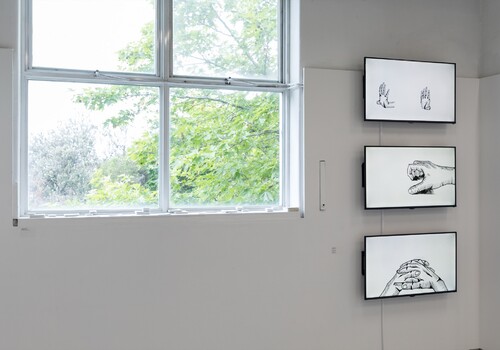Drawing and Printmaking, Victorian College of the Arts
By Devin Hunt
“Yeah, this is the drawing show, even though it doesn’t look like it.”
The words that greeted me upon entry to the Drawing and Printmaking section of the VCA grad show confirmed that I was not the first person to make an abrupt stop in the exhibitions entrance and look around bewildered. At first glance, the rooms did not appear to be dedicated to drawing and prints, yet this is the show’s most compelling feature. These two mediums are frequently used in everyday contexts, whether presented as artworks in a gallery or as advertisements on the street, and thus have the ability to reach massive audiences. However, the conventional framework of both face simplification and standardisation due to their accessibility. The VCA students address this conundrum by presenting a range of works that explore the typical characterisations of both genres in order to challenge and validate viewers’ assumptions of what makes a drawing a drawing or a print a print.
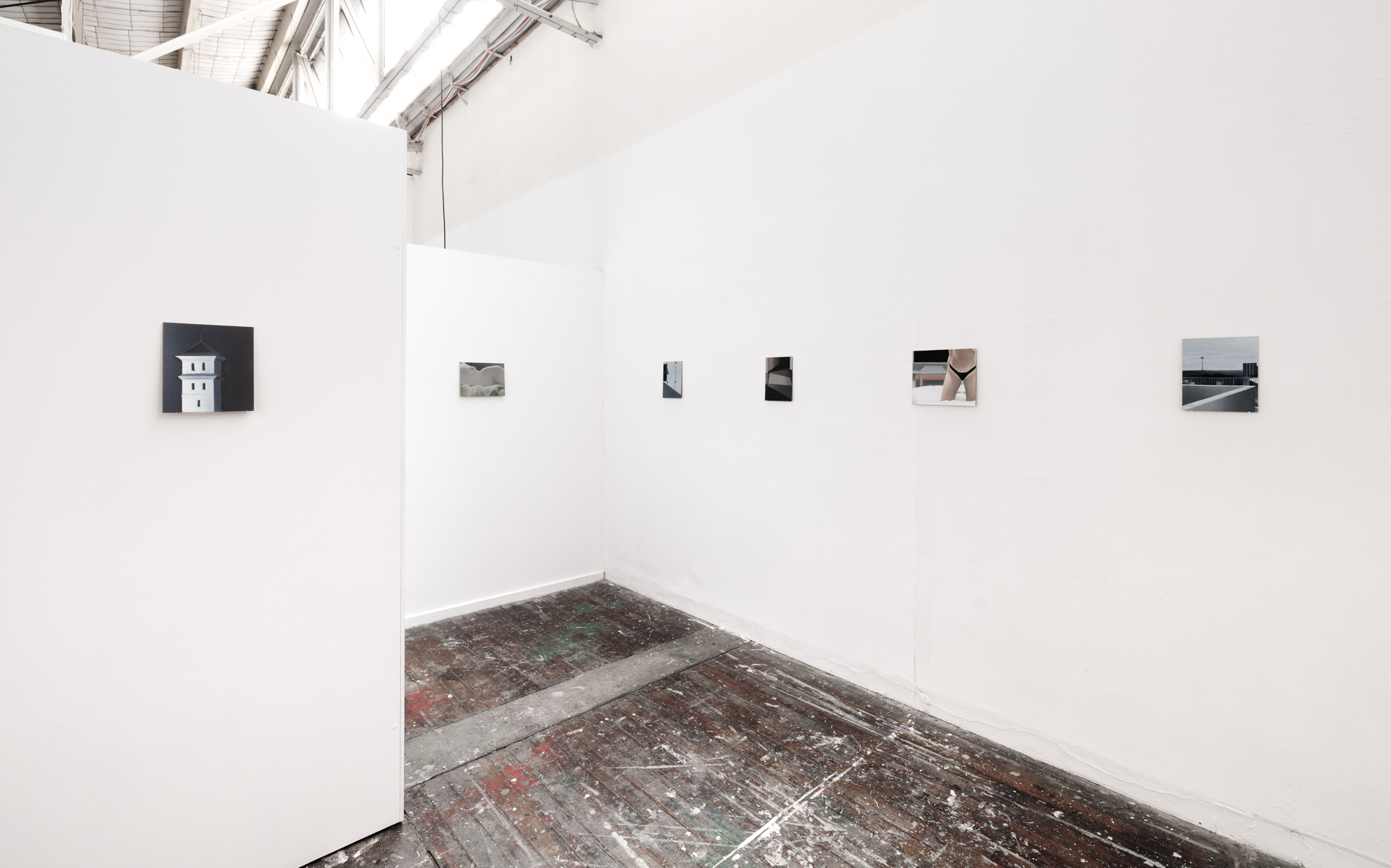
The first works are a series of small oil on canvas pieces by Olive Hunter that can be read as a narrative or as individual works. Through explorations with dramatic lighting, anonymity, and fragmentation, the images appear dreamlike, capturing glimpses of human bodies and buildings that communicate serene and intimate environments. Rather than presenting intricately detailed scenes, these works mimic the way a mind’s eye produces images by focusing on specific features rendered with hazy clarity. The work And Breathe, in particular, makes use of this dreamy atmosphere to depict an unknown persons upper torso which appears very close to the viewers without imposing on their space. The piece clearly exemplifies the ways in which Hunter utilised sharply defined shadows and highlights, fragmented framing, and anonymous subjects to create environments that feel similar to those in the memories of viewers. Hunter’s works are also simple and familiar, in regard to medium, subject matter and installation, which allows viewers to create uniquely personal interpretations of the series.
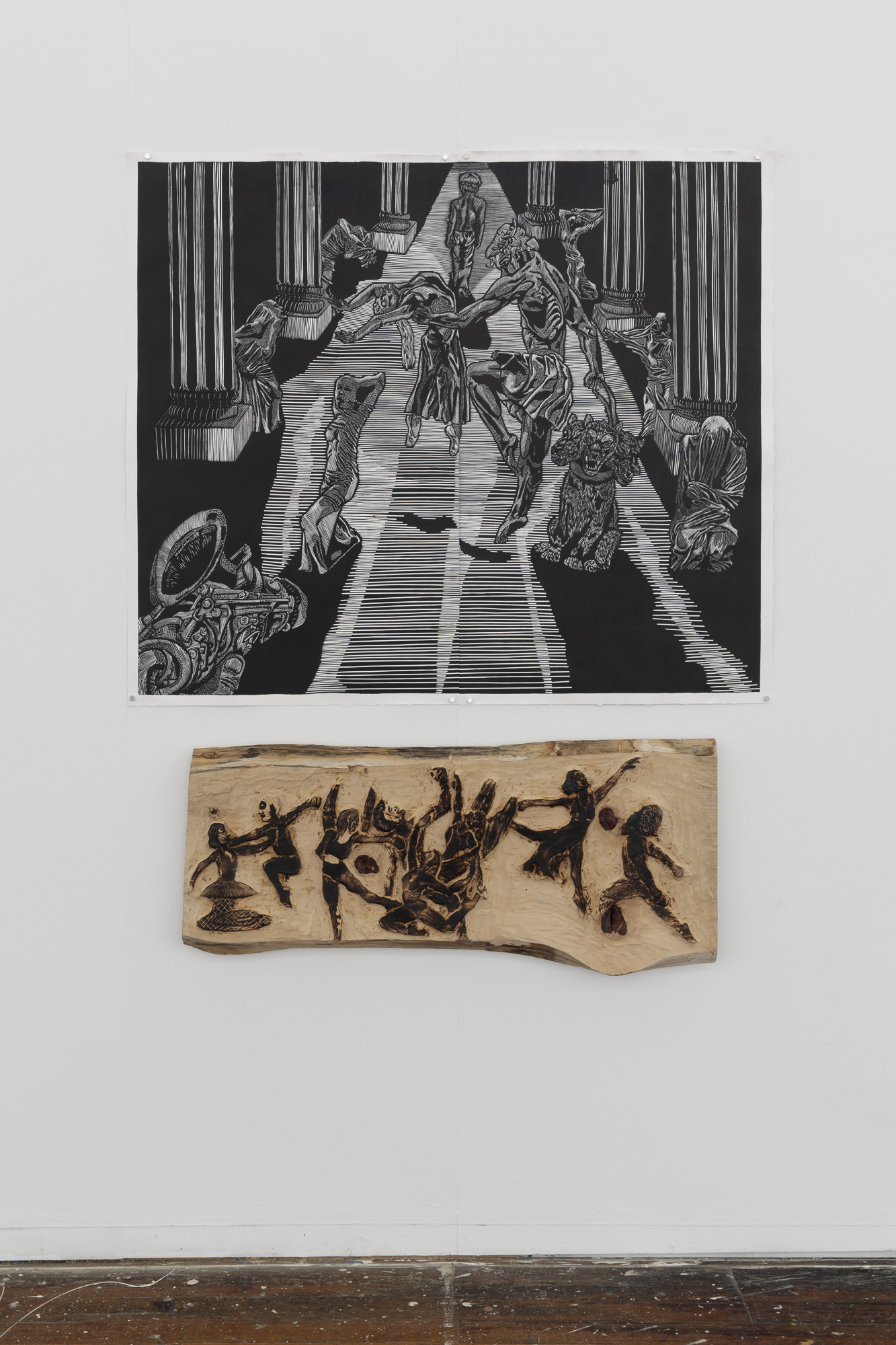
The work My Orphic Odyssey, by James Farrar, explores outside the limitations of wall-mounted images through the utilisation of text decals, vertically hung prints on paper, wooden reliefs and sculptural installations. Farrar’s piece leads viewers through the ancient myth of Orpheus, son of Apollo, as he makes the treacherous journey to the underworld in an ultimately unsuccessful attempt to bring his wife, Eurydice, back to the world of the living. The varied mediums create a complex viewing process that encourages audiences to consider the print-making procedure while also emphasising the most integral feature of Orpheus’ feat: his crossing through worlds. In Farrar’s work, the story of Orpheus’ has been told across mediums, mimicking his transitions between the land of the living and the dead. The artist has used the sculptures and reliefs to encourage thoughtful engagement with the prints, thereby expanding upon the standard characterisations of printed artworks.
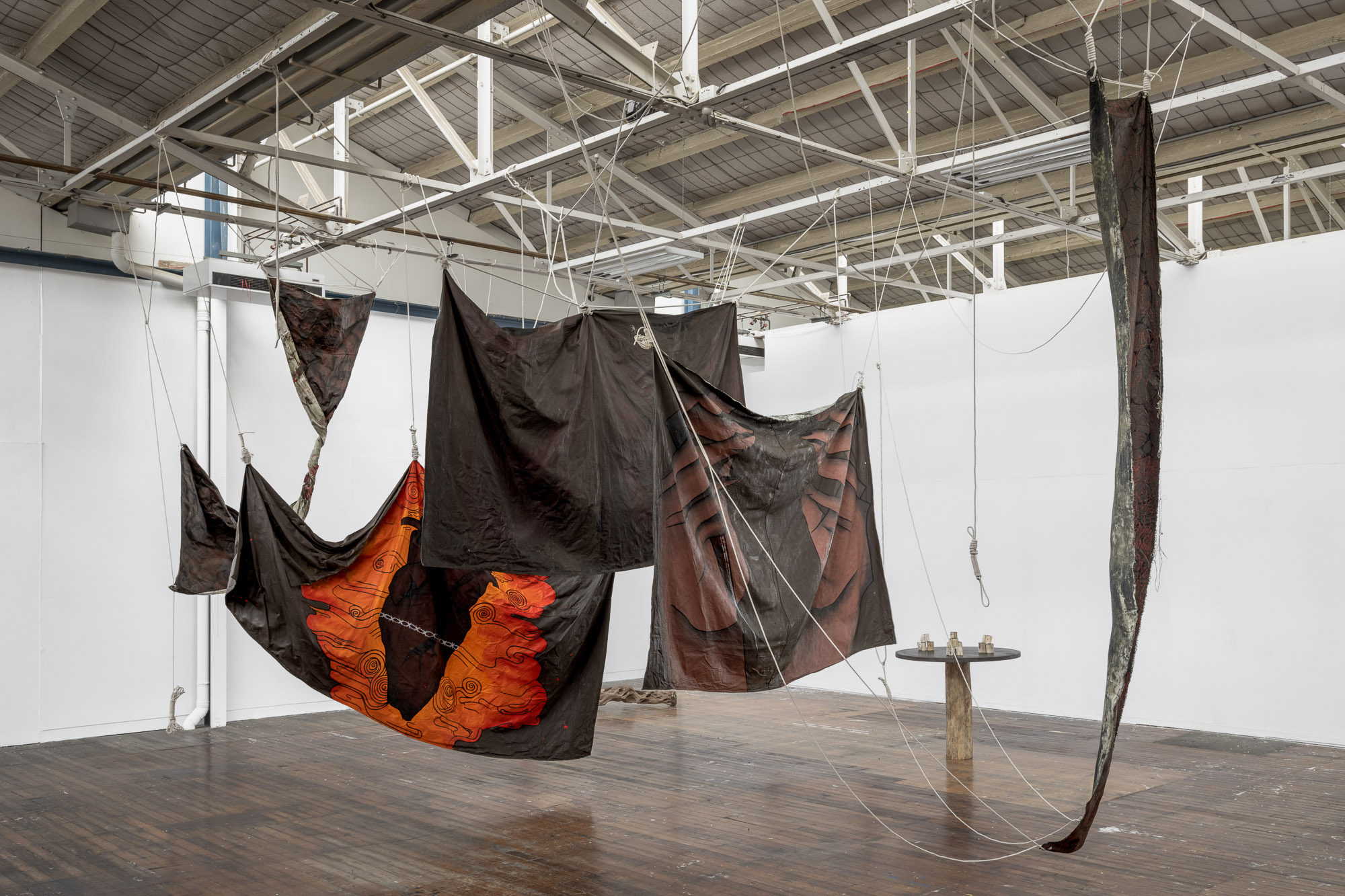
Lila Hagai’s work Autopsy of the Monstrous Other has removed the art from the wall entirely. Instead, Hagai has strung acrylic painted canvases from the ceiling. Each canvas has been painted differently and hung at varied heights and angles that allow the work to overwhelm the viewers and enhance the piece’s ominous theme and eerie imagery. As the “autopsy” takes place, the state of the canvases deteriorate until the final sheet is so twisted that most of it is not visible. The first canvas is vertically hung and covered in text that imitates flames, the second shows a pair of hands that appear to be both holding and impaled by large needles, and the third canvas is entirely black. The fourth canvas is the first to be dramatically slumped towards the floor and depicts a heart wrapped in barbed wire over flames, and, finally, the last canvas is black with splotches of red paint that look like blood. The way that Autopsy of the Monstrous Other functions as an installation piece, rather than more staid drawing or printmaking, allows it to consume the presence of viewers and further emphasis the works dark imagery.
The works presented by Hunter, Farrar Hagai and their peers in the VCA’s drawing and printmaking exhibition introduce viewers to explorations conducted within the two mediums. While some artists have presented works that are familiar to audiences, fostering a comfortable viewing experience, others have borrowed elements from different mediums in order to challenge the standard modes of engagement with drawings and prints. The student who proclaimed that this show does not look like a drawing or print exhibition was correct, but they also should have mentioned that the variety and experimentation within this body of works may be the exhibitions most interesting quality.
